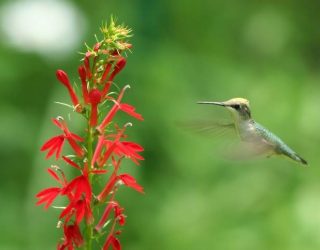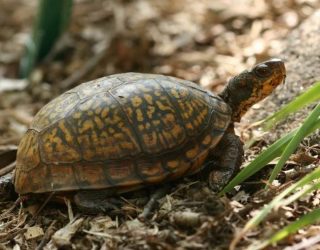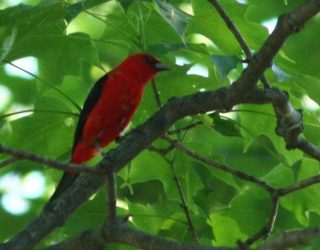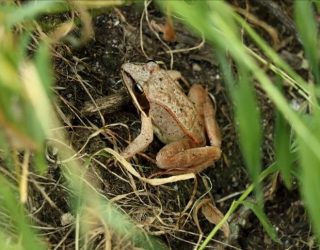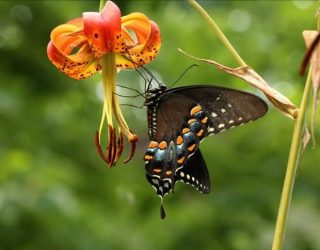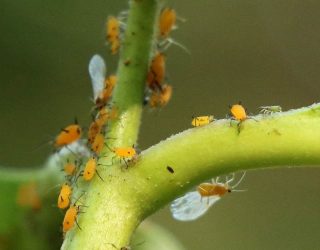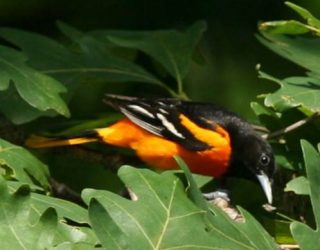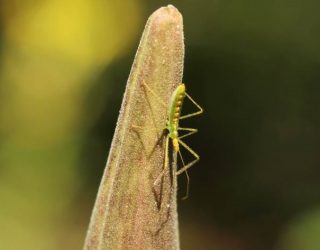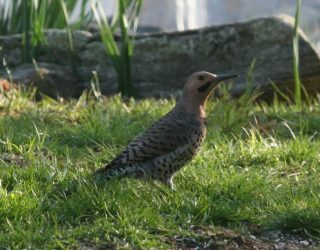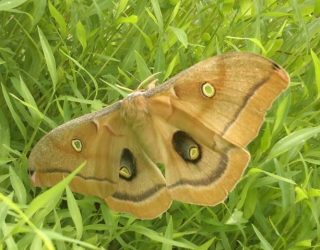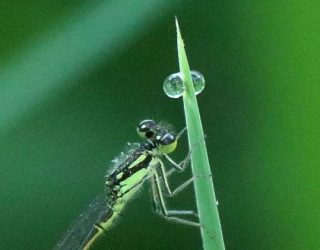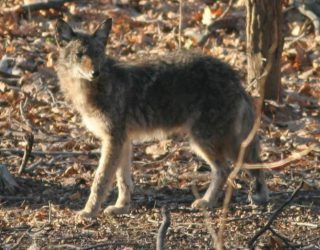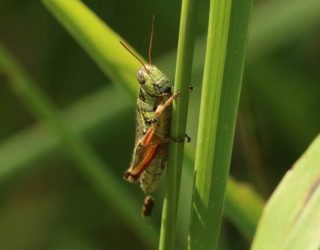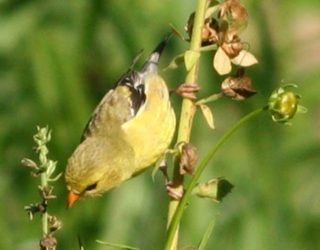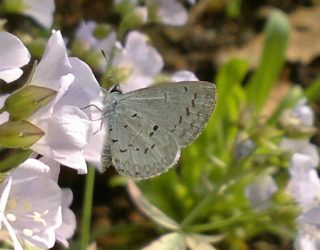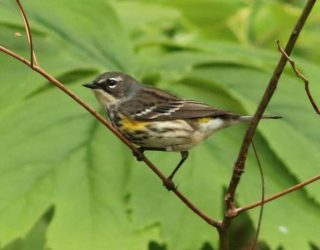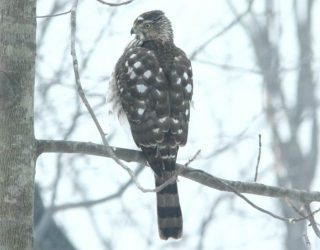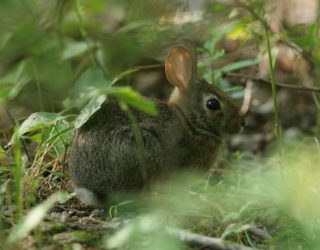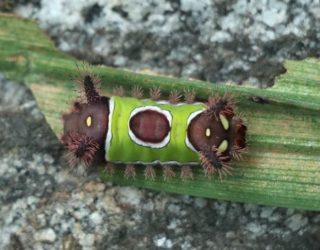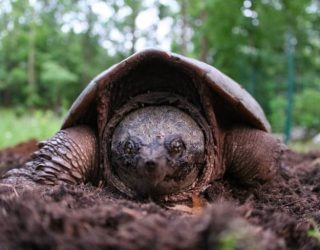GARDENING IN HARMONY WITH NATURE IN THE NORTHEAST
Mostly Native Shade

Truth be told, we soon had to learn that this riot of colors was short-lived, and a few species like Indian Grass and Goldenrods would soon dominate, while many exotics would encroach. To perpetuate a wildflower meadow here, constant manual maintenance would be required. This ain’t the Great Plains!
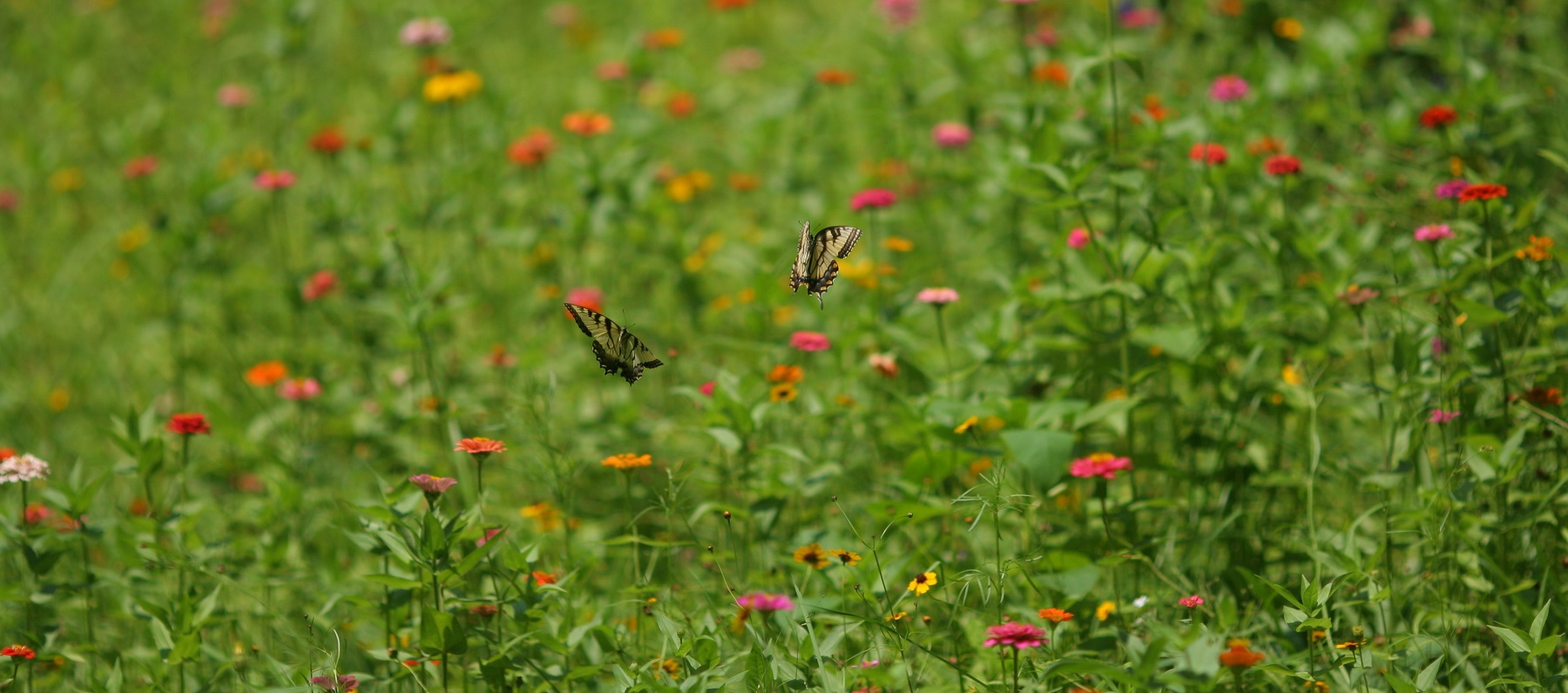
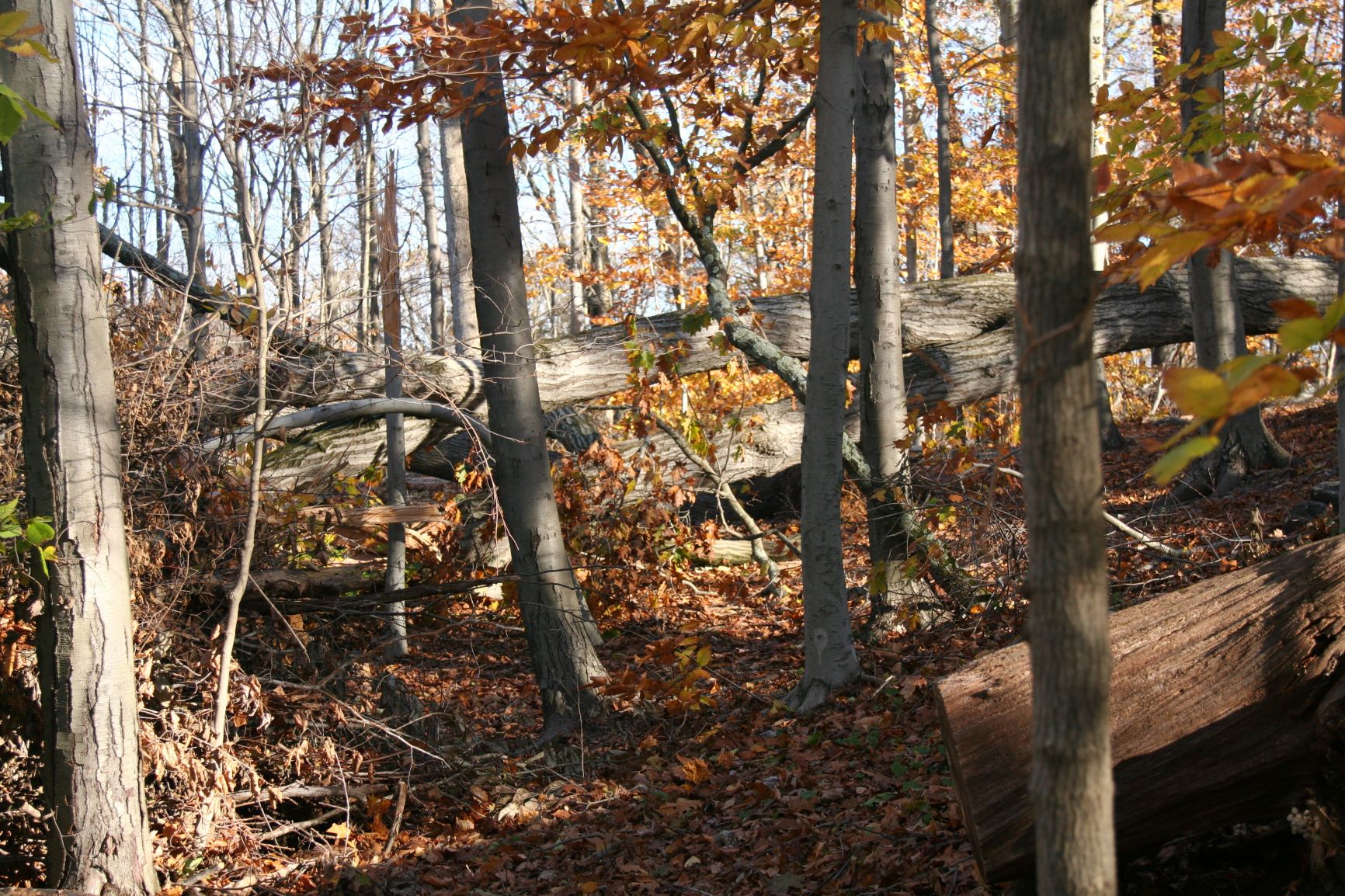

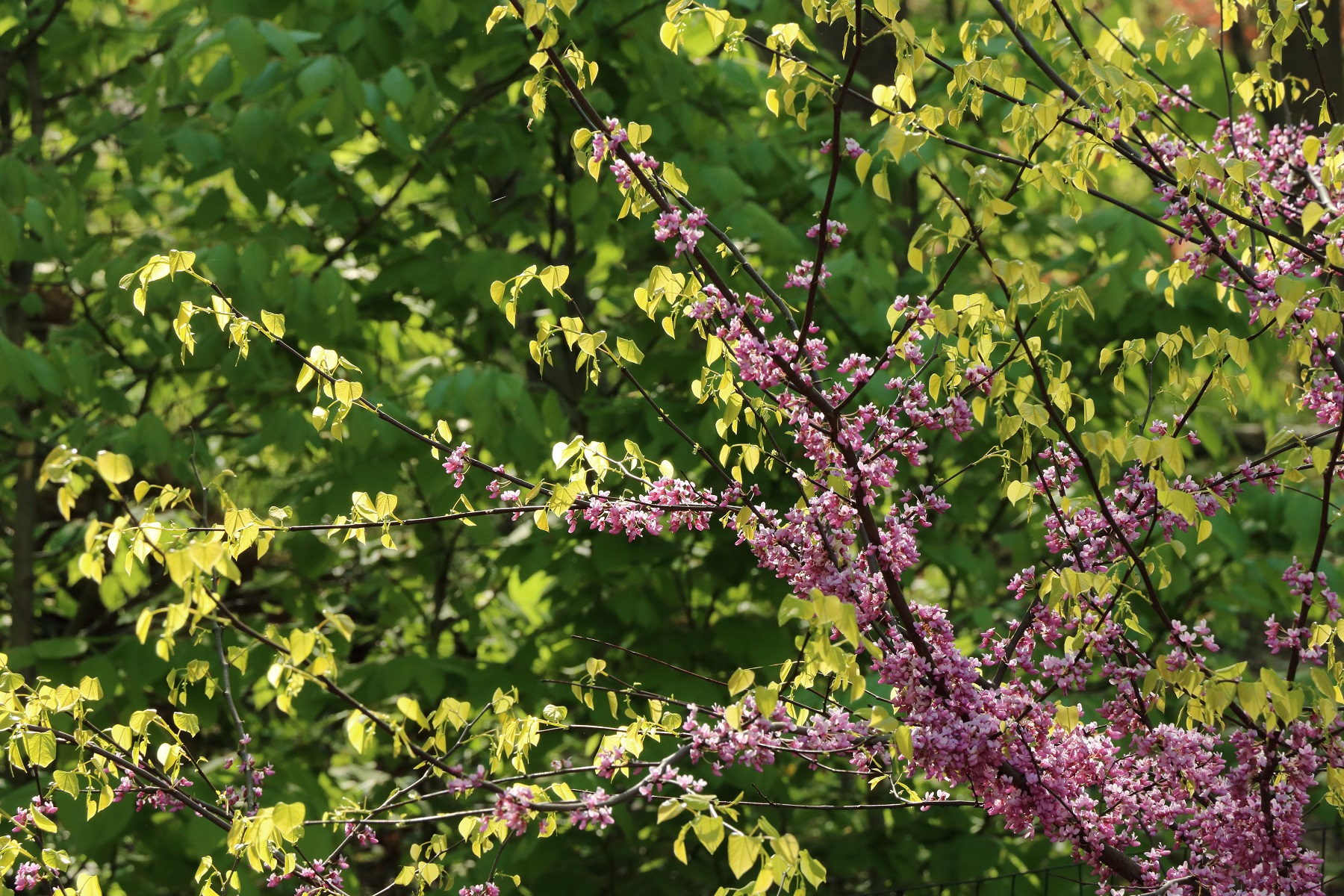
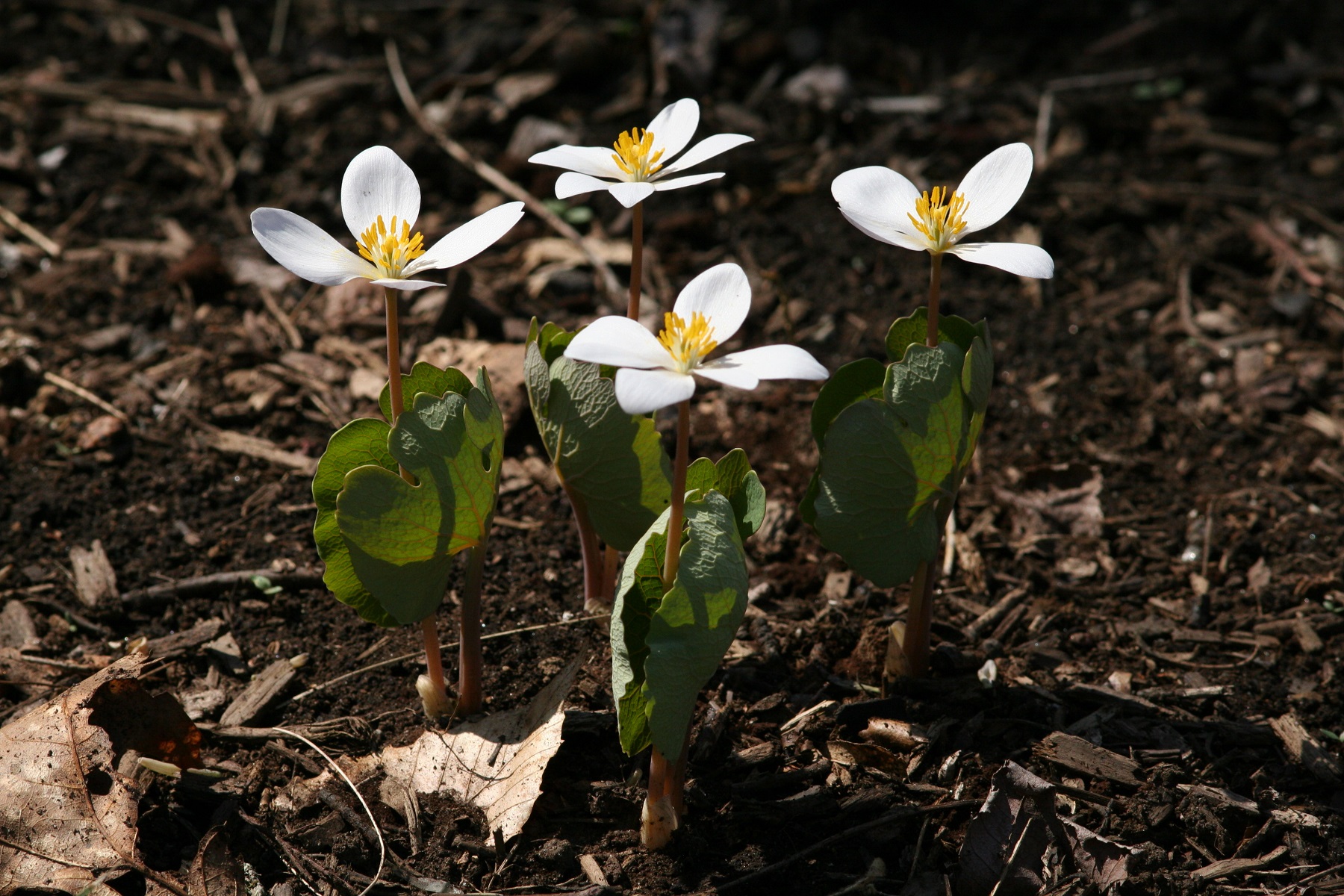
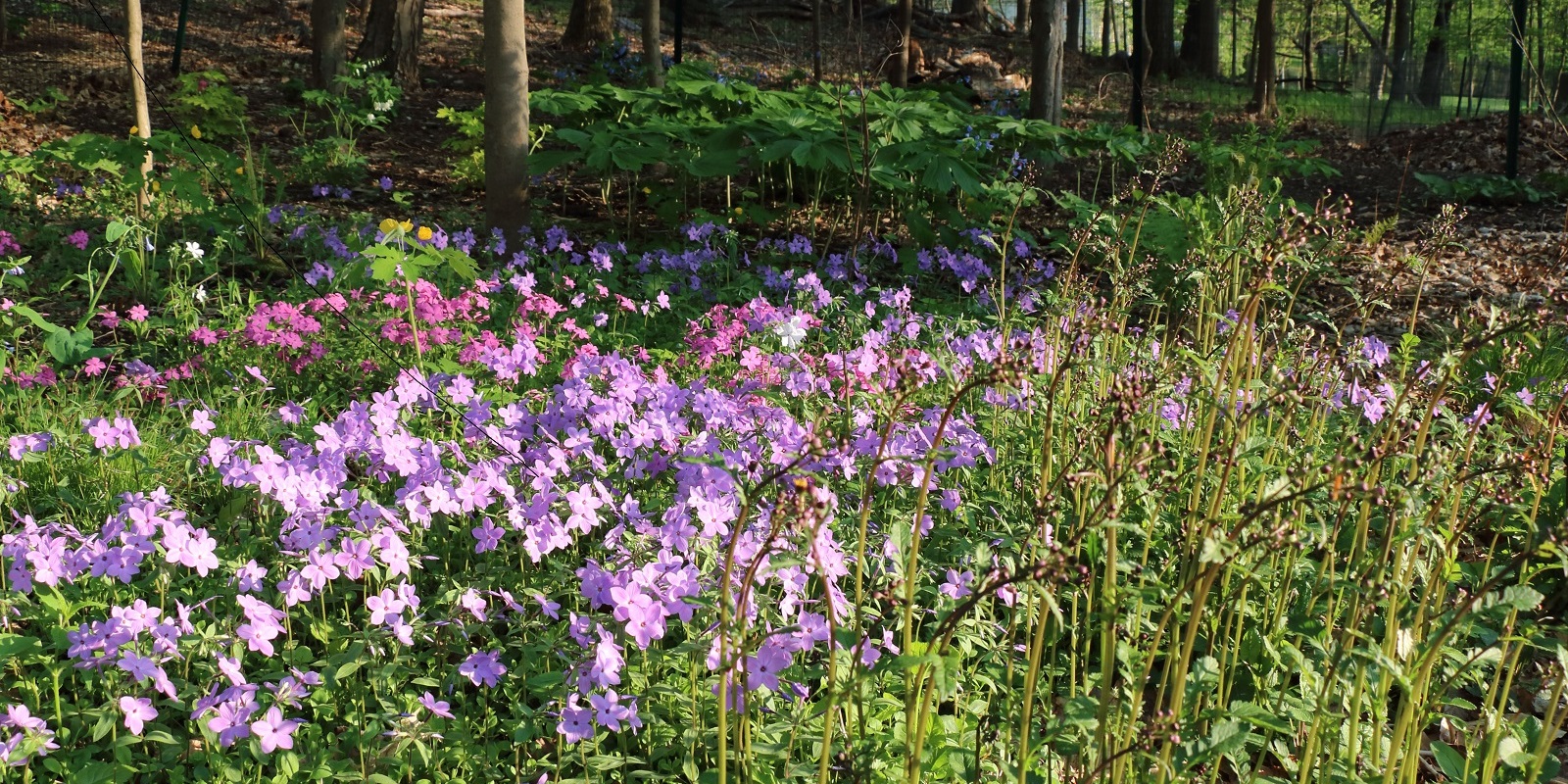
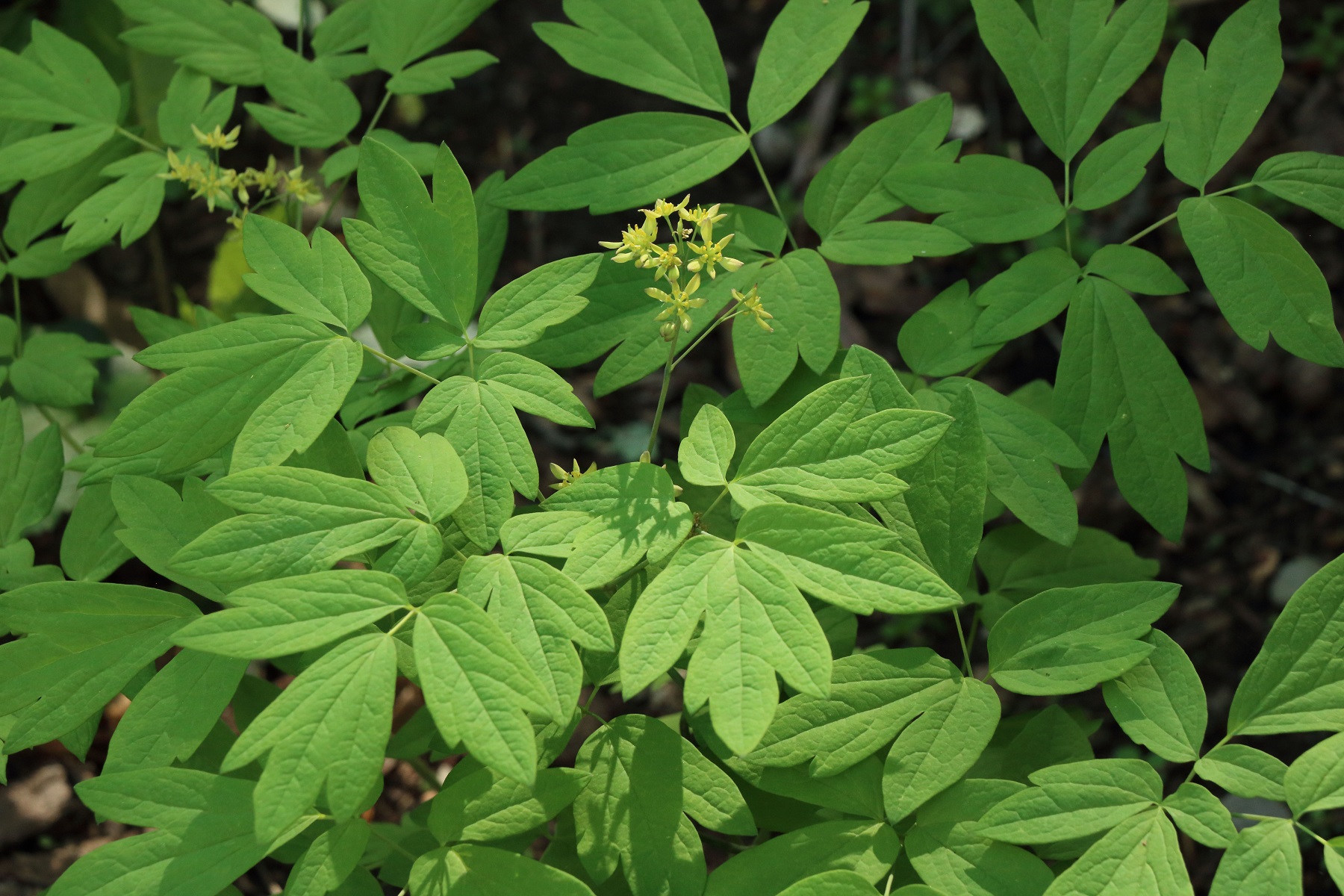
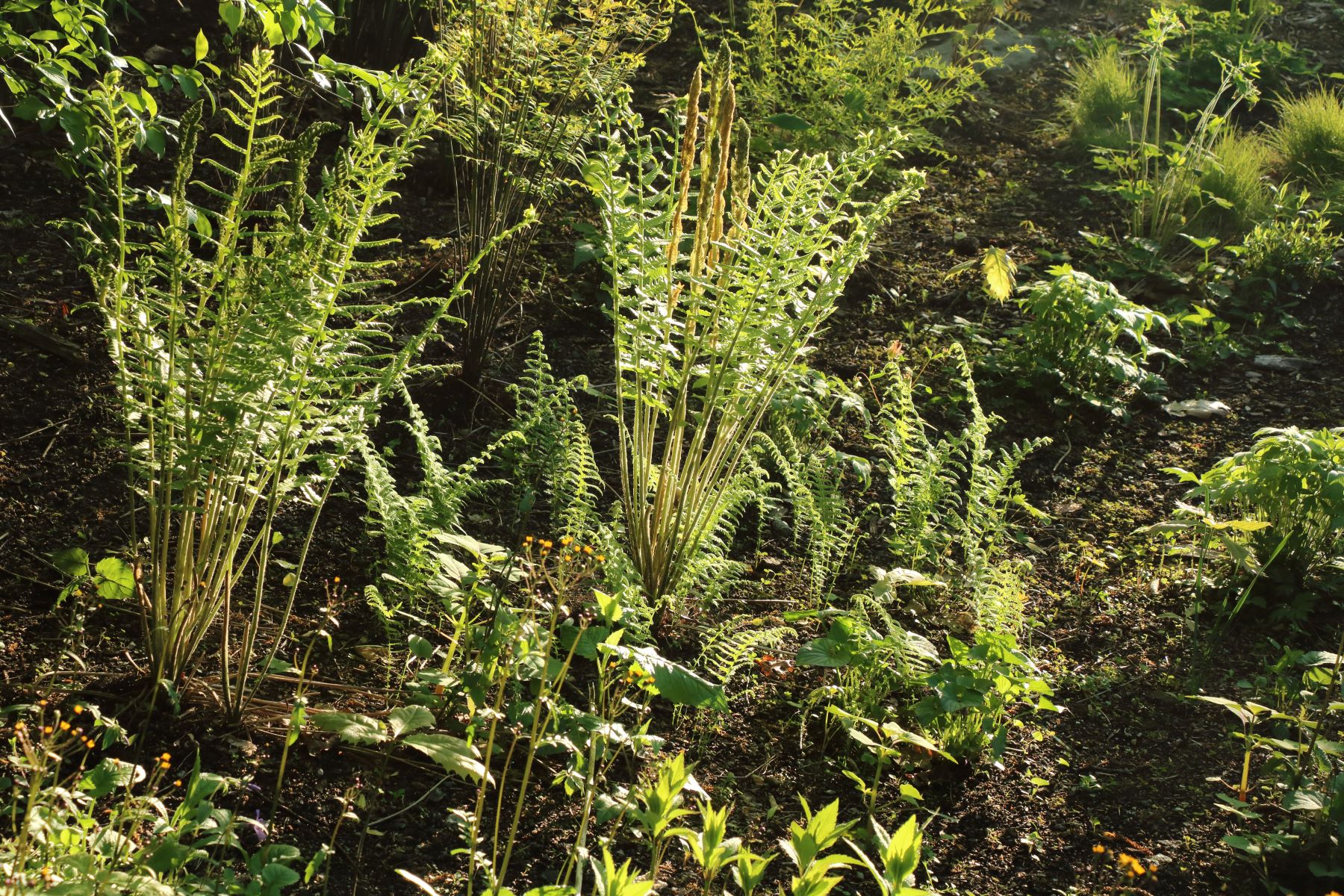
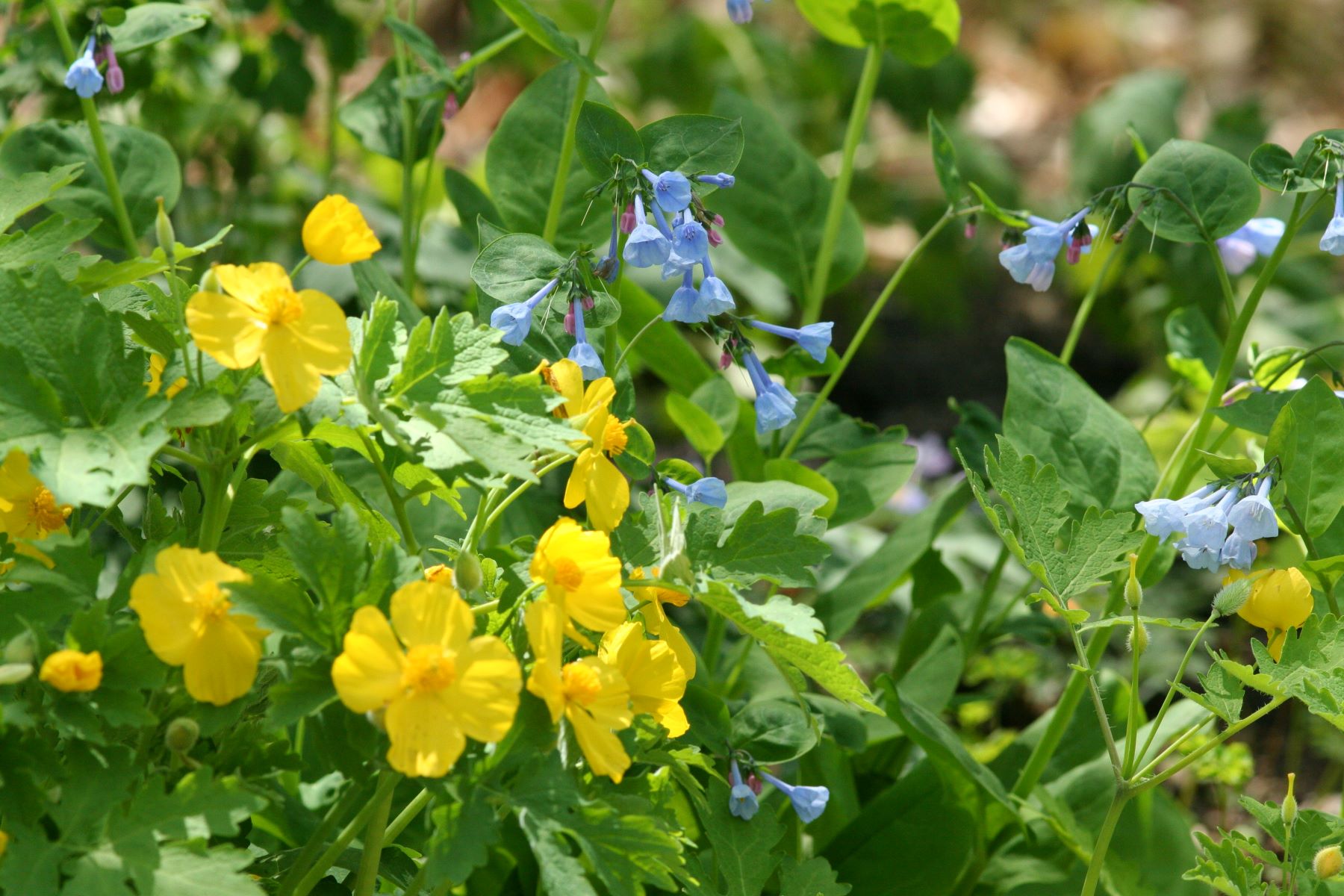
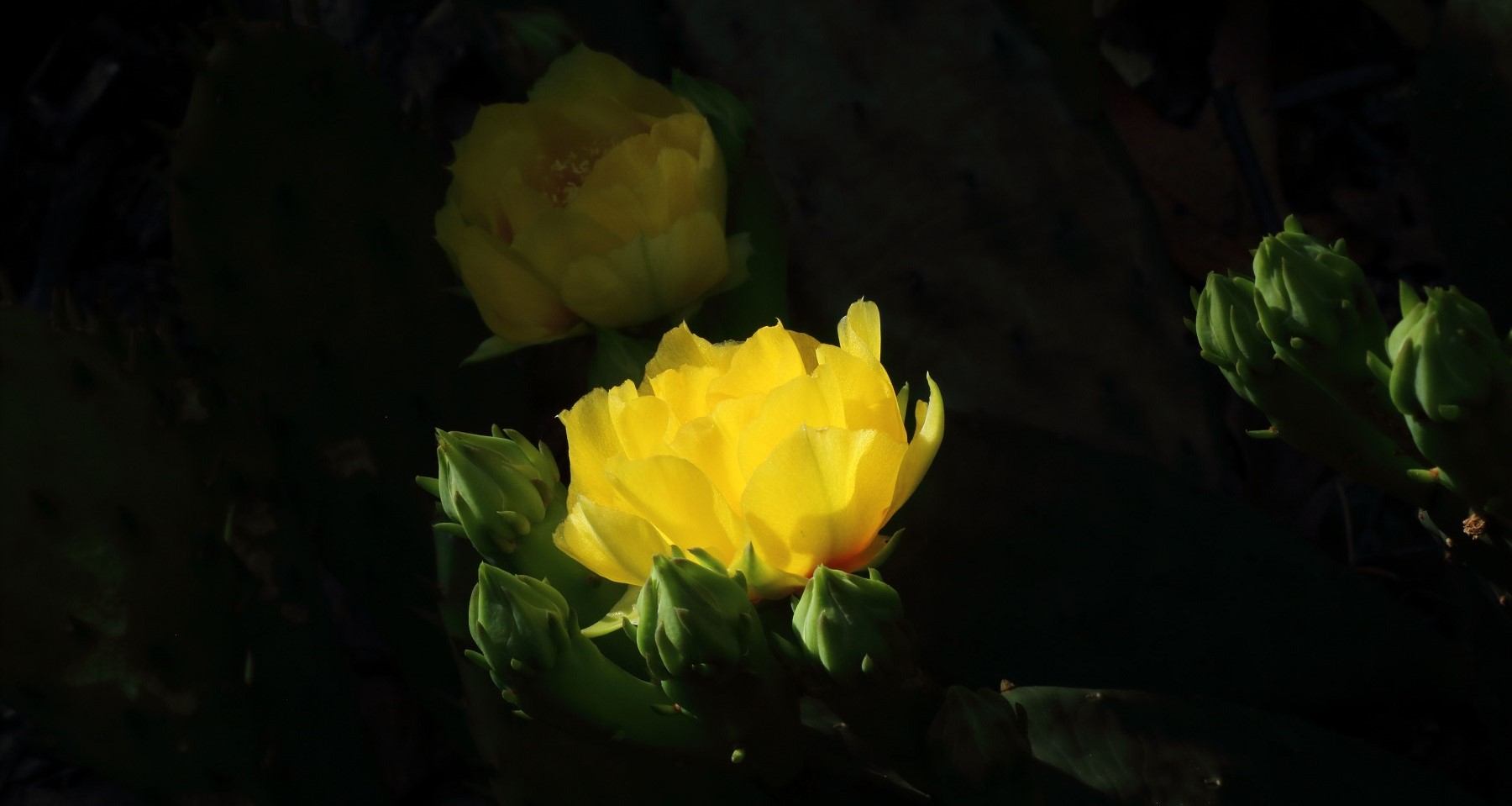
To attract the amazing Ruby-throated Hummingbird to our home, it was essential to offer at least one of its favorite nectar plants in bloom all spring and summer long. We have observed this acrobatic flyer for many years, and compiled a sequence of native hummingbird plants it visits throughout the season. These flowering plants will overlap in their bloom time and give you the best chance to enjoy the Ruby-throated Hummingbird right from your porch.


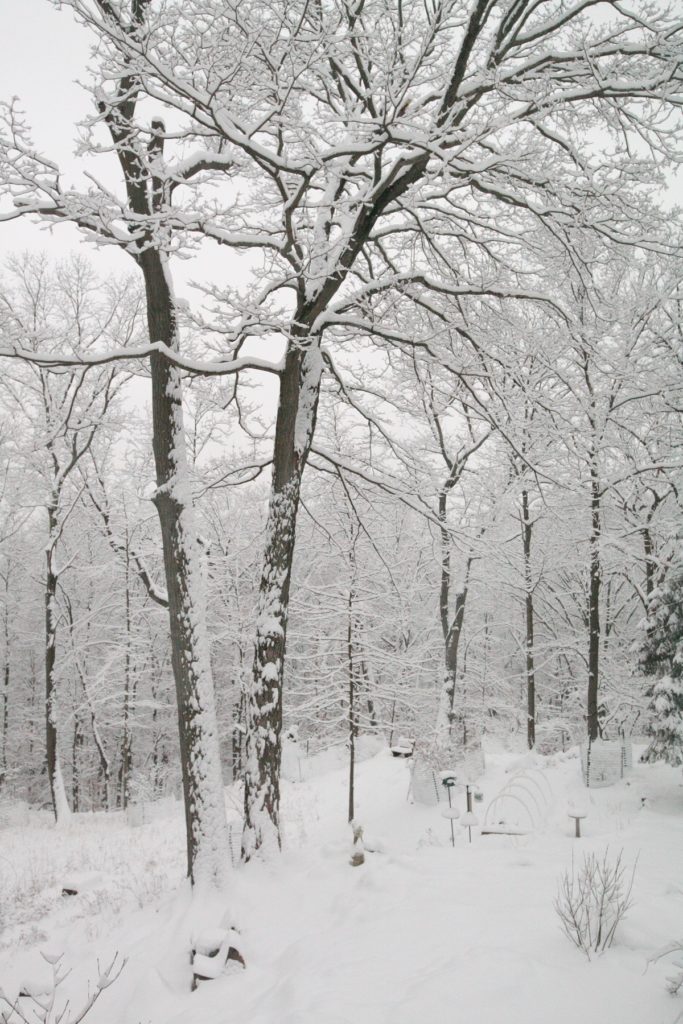
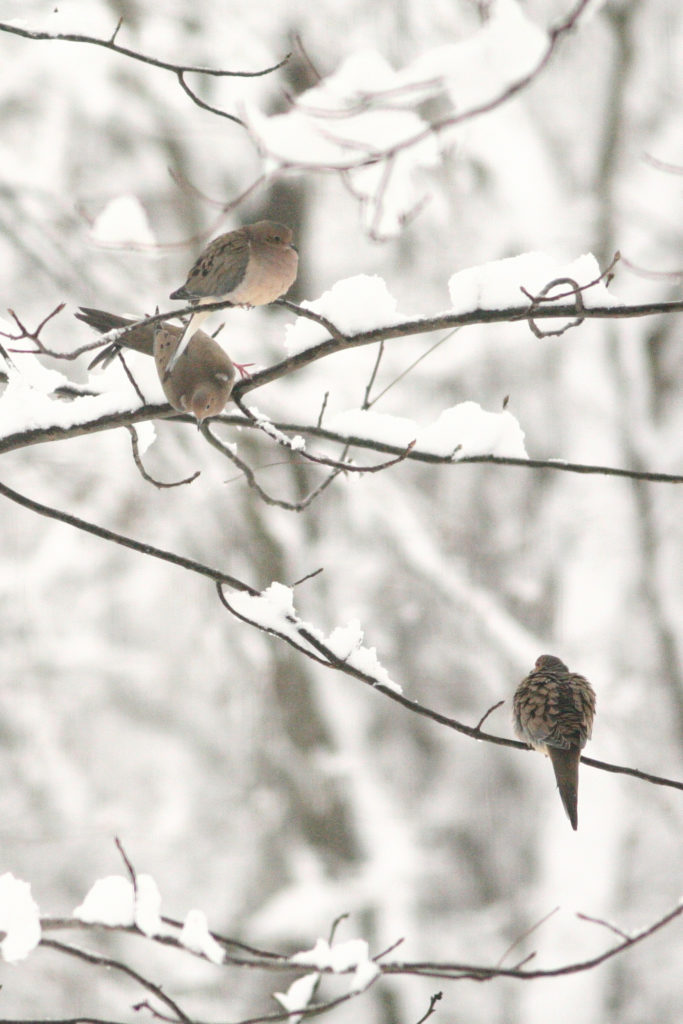

We also learned to let decaying trees stand indefinitely. This may not be the most aesthetically pleasing in a garden, but in death these trees become even more valuable for wildlife than before. Just think of the amount of insects that inhabit this dead tree. Americas greatest woodpecker, the Pileated, would not be coming for a visit if it wasn’t for the treats waiting for it there.
